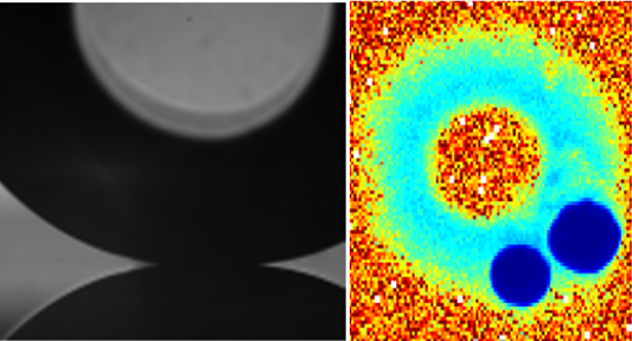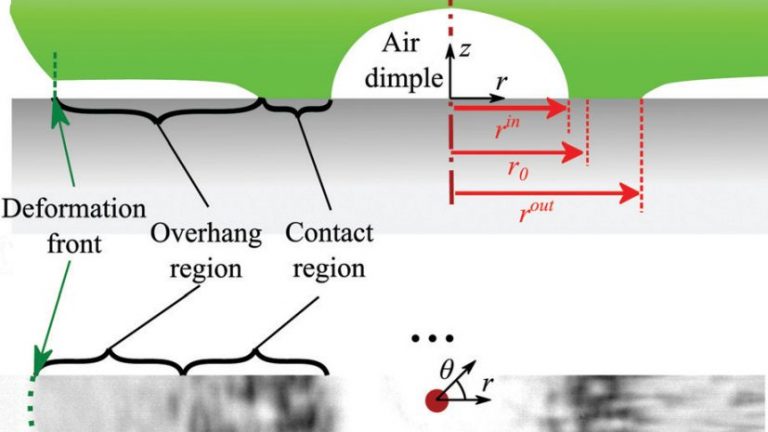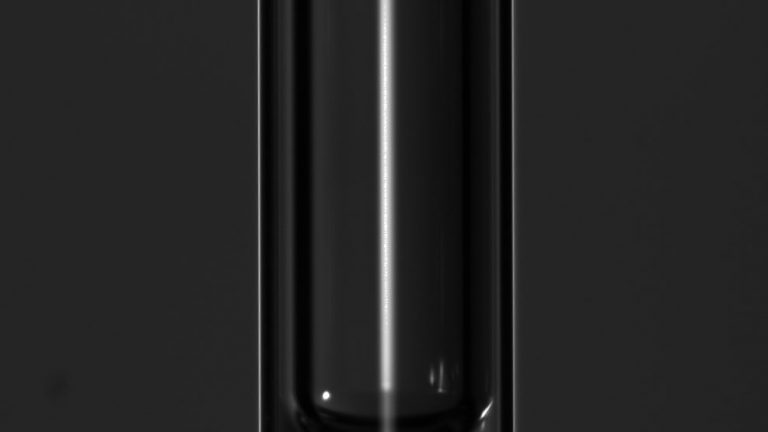Contact formation through lubicating films – from splashing drops to bouncing balls

A high-speed, magnified time-series of a splashing droplet
Uncovering how lubricating films mediate contact on solids
Our research focus is on illuminating the central role of lubricating films during the contact process. As thin films are ubiquitous in myriad industrial processes and in our daily lives, including coating flows, inkjet printing and all multi-phase systems, a complete model of the mechanics of these processes are essential to advance the state of the art.
How do we address this problem in our group’s research?
- Direct, microscopic observation of contact and fluid transport processes in-situ
- Application and development of advanced imaging methods to make the normally obscured interface visible
- Probing the response of the lubricating film to an applied stress, whether temperature, pressure or chemical, and observing the system response at the relevant timescales
Read on to learn more – for details, see our publications
Spontaneous and nucleated contact formation during droplet impact
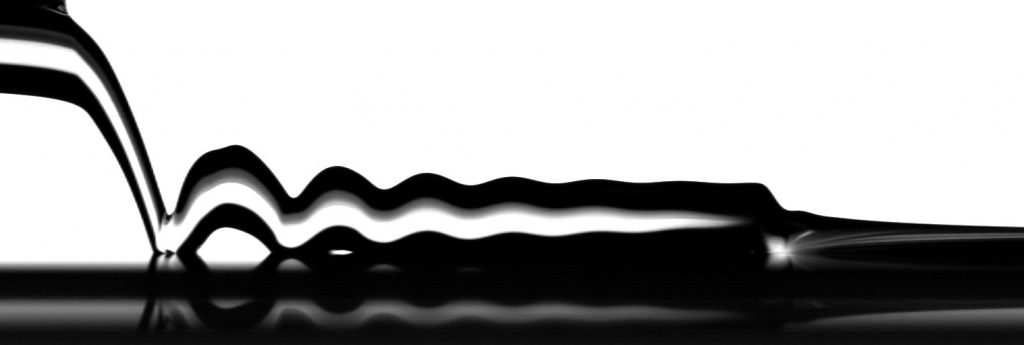
Before a droplet can make contact with a solid surface, it must drain the air beneath it. As the droplet approaches the surface, the air fails to drain, and instead compresses; this deforms the droplet, and the air can remain trapped in a dimple region, centered upon the impact axis. Surrounding the dimple region is an extended, large-aspect ratio air film, where the liquid is closest to the surface. The stability of this air film is essential, and governs the global outcome of the impact event – if it destabilizes and ruptures, contact ensues; if not, the droplet will completely rebound from the impact surface. Using atomically smooth mica and high-speed, quantitative microscopy methods including Total Internal Reflection and Interferometry, we probe the stability of this critical transition.
Elastomer impact mediated by air
Just as the intervening air film mediates contact formation beneath impacting droplets, for sufficiently smooth and soft impacting bodies, the air can generate significant lubricating stress that prevent immediate contact. The morphology and dynamics are strikingly similar to the case of droplets in many ways, but a critical transition emerges for the softest impactors, that arises purely from their elastic properties. The two limiting regimes are explored at the level of phenomenological scaling analysis, while empirical analysis of the leading deformation front velocity implicate the Rayleigh velocity – the speed of surface elastic waves – as a governing parameter in the transition between elastic-lubrication stress balance and inertial-lubrication stress balance.
Bretherton’s buoyant bubble
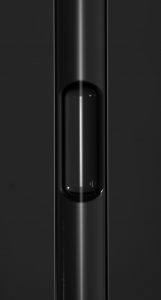
The above image could be a movie in real time, and you wouldn’t be able to see the difference! Bretherton famously showed that a bubble in a small tube appears stuck, and will no longer rise. With interferometry, we showed how this can occur – and identified that this is caused despite the persistence of a thin film of liquid that always surrounds the bubble.
